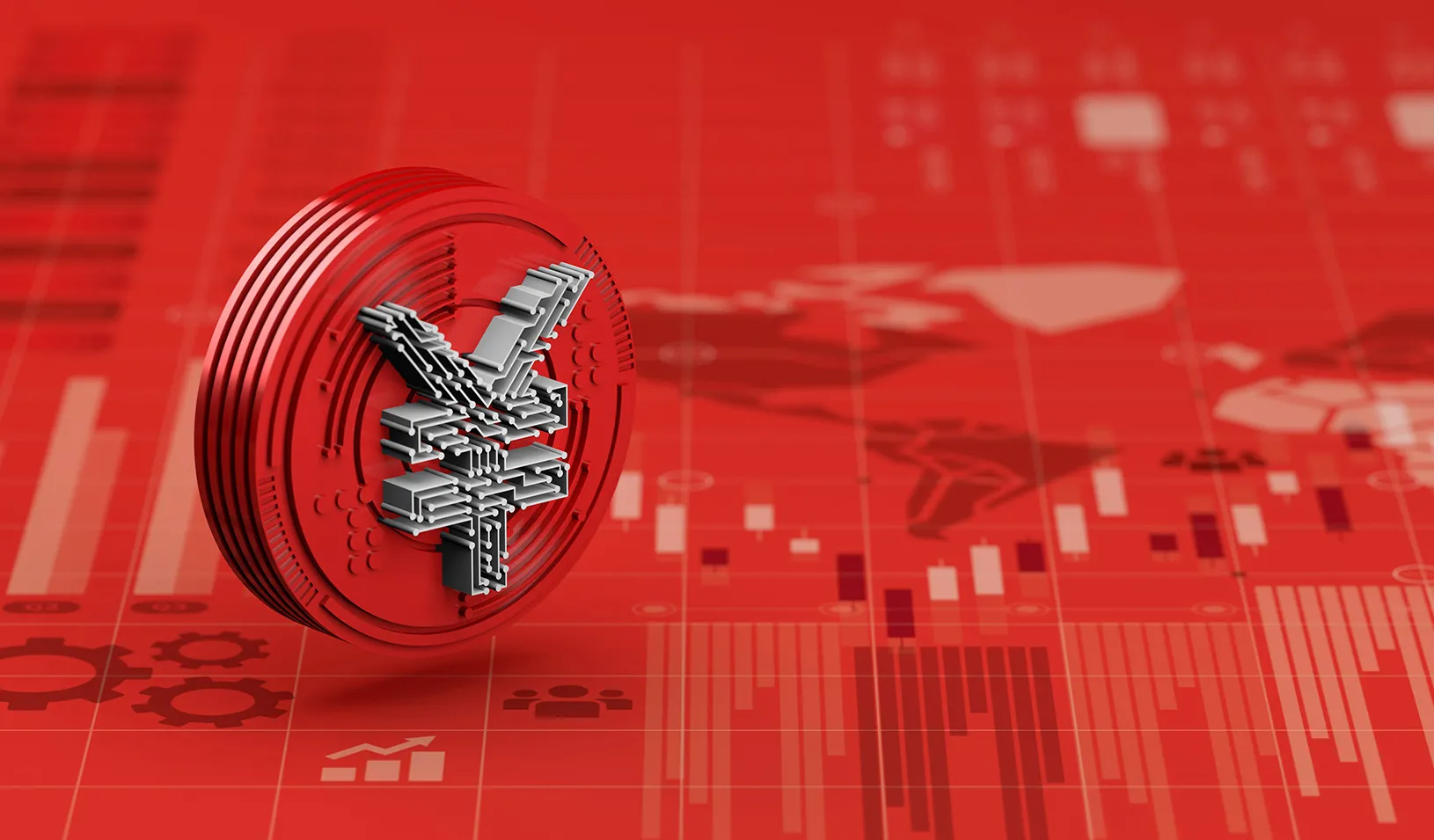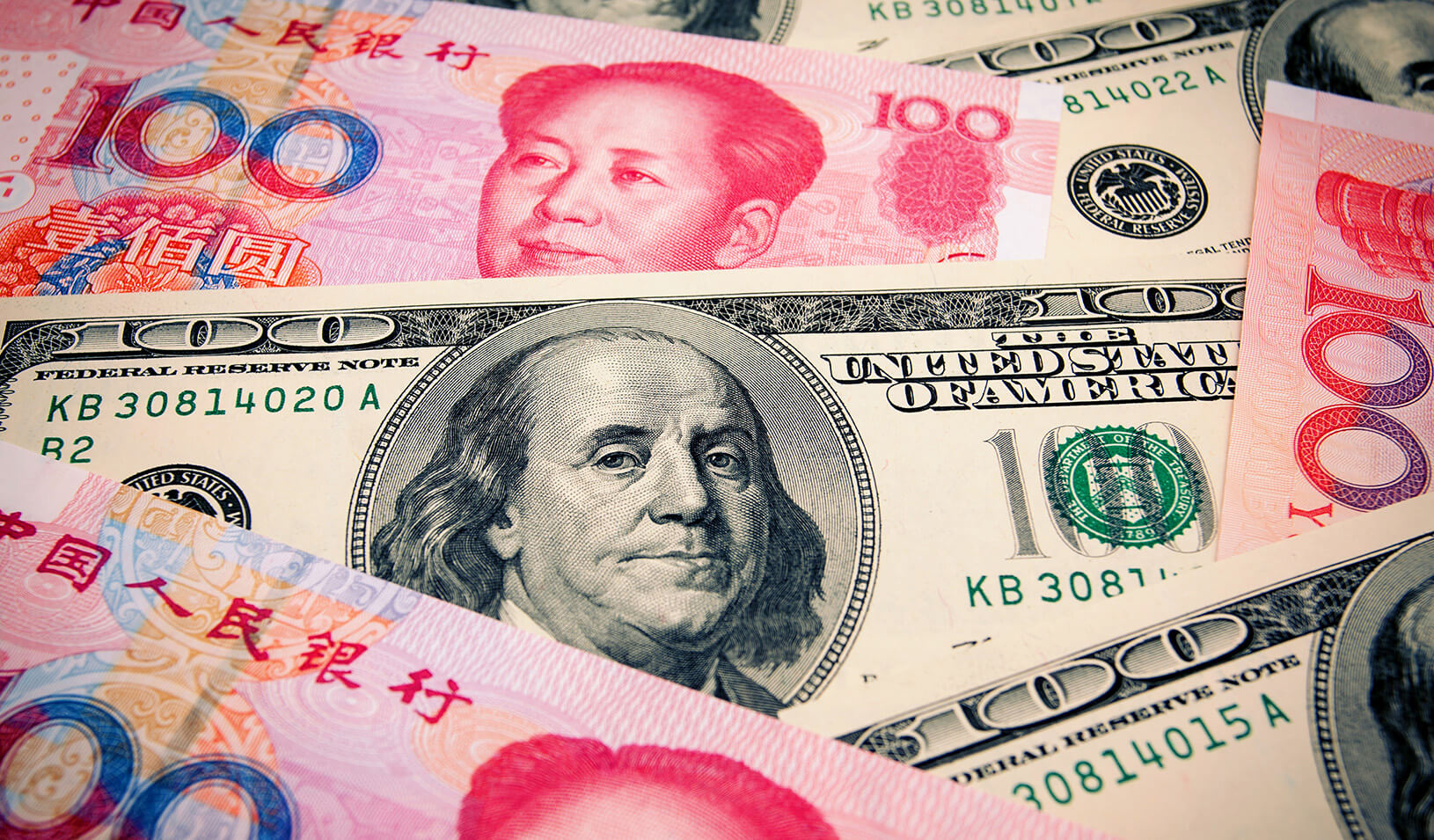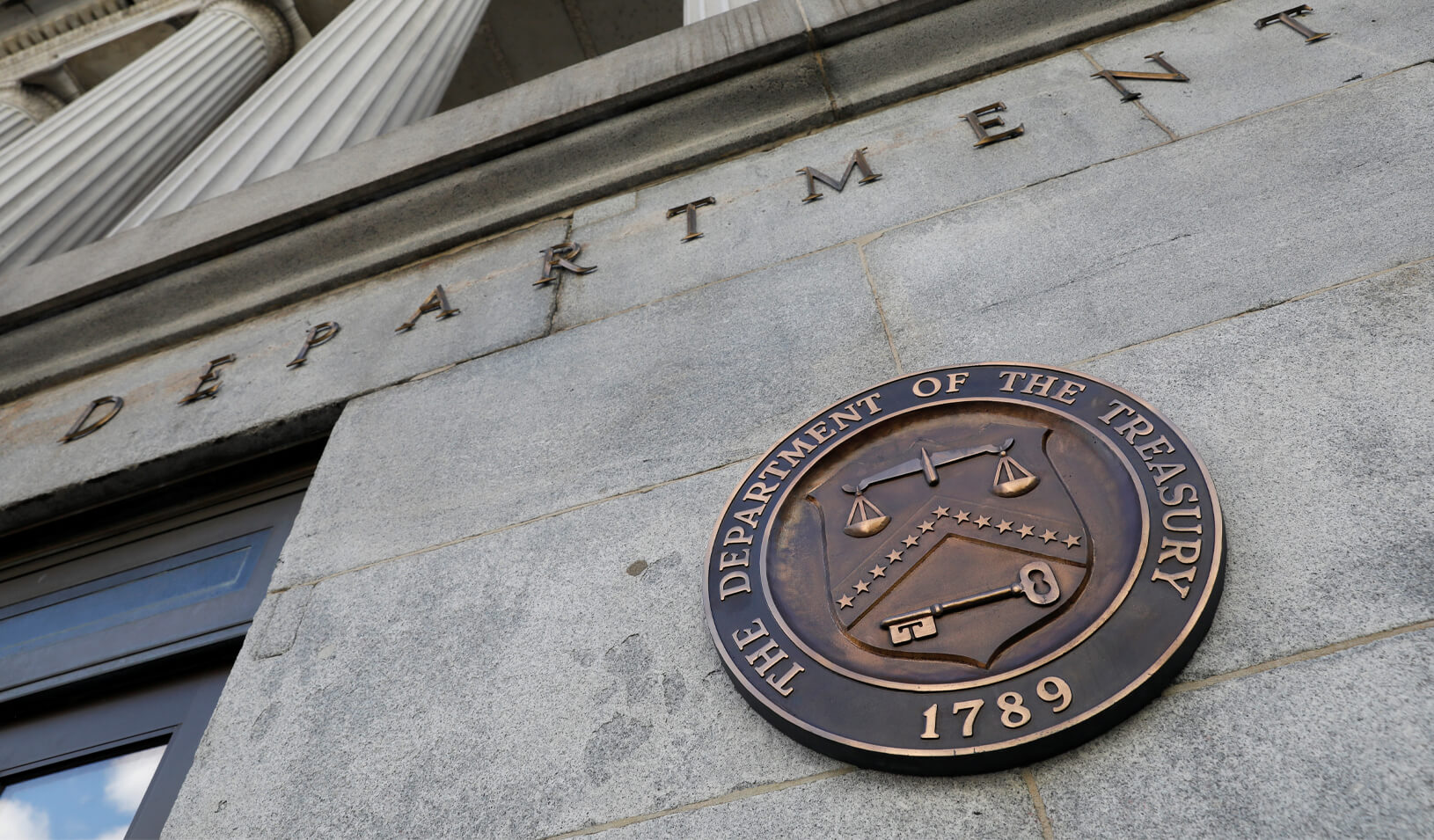
China’s new digital currency might be functional in time for the 2022 Winter Olympic Games in Beijing. | iStock/nespix
Thanks to soaring Bitcoin prices, which have shot up to more than $50,000 per coin, cryptocurrencies are mesmerizing the world.
But the real digital currency to watch, says Darrell Duffie of Stanford Graduate School of Business, may be the one that China’s central bank is now testing.
The People’s Bank of China is conducting the world’s most advanced pilot project of a government-issued digital currency. The digital renminbi, or RMB, isn’t a blockchain currency like Bitcoin, but it could be much faster and cheaper than traditional electronic payment methods that run over comparatively clunky banking networks.
It could also be more efficient than Bitcoin, which requires massive computing power and has problems handling vast numbers of payments at one time.
China’s digital currency experiment is underway in a handful of major cities, including Shenzhen, Chengdu, and Suzhou, which all have more than 10 million residents. Authorities have also suggested that the digital currency will be available at the 2022 Winter Olympic Games in Beijing.
The project puts China ahead of other nations, especially the United States, in moving toward “fast payment” systems that can immediately transfer funds 24 hours a day, seven days a week. With current U.S. electronic payment methods, such as credit cards and mobile apps like Venmo, the funds often don’t become available to recipients for a day or even longer.
First-Mover Advantages
That has implications well beyond China’s borders, says Duffie, the Adams Distinguished Professor of Management and professor of finance at Stanford. More than 80 central banks, including the U.S. Federal Reserve, are studying ideas for their own digital currencies. But by jumping out in front of other large countries, Duffie says, China could reap a number of first-mover advantages.
“It’s something like the space race of the 1960s between Russia and the United States,” says Duffie. “China is the first out with this technology, and it is on track to have the world’s largest economy in about a decade. Some people think the United States is potentially allowing itself to be a step behind in a way that’s not in its interest.”
The U.S Federal Reserve has been studying digital currencies, and the Biden administration is reportedly concerned about China’s foray. But in a recent interview, Fed Chairman Jerome Powell remained cautious. “We have not made a decision to do this because, again, the question is will this benefit the people we serve,” he told CBS’s 60 Minutes.
To ordinary consumers, China’s digital currency appears similar to existing mobile payment apps like Venmo in the United States or Alipay and WeChat Pay in China. The difference is that the People’s Bank of China issues the digital RMB to banks and other “payment service providers,” which then provide it to “wallets” on smartphones of individual customers. When a customer buys something, the payment service provider moves the central bank digital currency from the customer to the vendor.
Cheaper and Less Convoluted
In theory, it’s a simpler, more direct, and less expensive approach than today’s convoluted electronic payment networks.
Most existing banking networks entail all sorts of intermediate participants and complex verification processes, and banks generally don’t move money during the night, on holidays, or on weekends. As a result, electronic payments often take several days to completely settle. They’re also expensive: Credit and debit card companies charge merchants between 1% and 3% of each transaction. MasterCard and Visa alone reaped some $60 billion in swipe fees in 2018.
“In our system, the banks are dipping their beaks,” Duffie says. “If you opened the lid to our bank-railed payment system, you would see quite a mess of spaghetti.”
Chinese authorities haven’t said when they will roll out the digital currency on a big scale. But Duffie says China’s central bank has many possible reasons for its planned release of digital currency.
On a domestic level, Chinese consumers are already among the world’s heaviest users of mobile payment apps that run on smartphones — mainly Alipay and WeChat Pay. About 57% of Chinese consumers use mobile apps, according to one estimate. Mobile payments accounted for a stunning 64% of personal consumer payments in 2019. Many Chinese consumers — and many young Americans — don’t even carry old-fashioned wallets anymore.
Chinese officials have also said they are concerned about people in rural communities, where internet access is spotty or non-existent. One feature of the new digital currency, therefore, is that it doesn’t require immediate internet access. People can transfer funds from their “wallets” simply by bringing their smartphone within a foot or two of a recipient’s. The central bank reconciles the accounts when the phones come back online.
Chinese officials were also worried about Bitcoin and other private cryptocurrencies, which the government has banned. Such cryptocurrencies can make it easier to finance illegal activity and launder money, and central banks worldwide are worried about that issue. China also wants to be able to enforce its controls on cross-border movement of money.
The Renminbi vs. the Dollar
On the international level, Duffie says, China could reap commercial advantages as well as increased influence. By leaping ahead of the rest of the world, China could be in a position to dictate international standards for digital currency transactions. It could even make its platform available to other nations, which might bolster the international importance of the renminbi.
“If there are standards to be set around the world for digital currencies, and you’re the first one out with one, you may well have the say on that,” Duffie says.
American corporations would be hard-pressed to ignore the new currency, simply given the staggering number of Chinese consumers that many of them want to reach. United Airlines and Walmart already accept either Alipay or WeChat Pay for purchases made by people in China.
All of that might elevate the Chinese renminbi as an international currency, says Duffie.
However, the renminbi won’t immediately challenge the U.S. dollar’s global dominance, Duffie says, because China maintains strict capital controls that limit its currency’s global usefulness. But if China relaxes or eliminated those controls, the renminbi could become a serious rival to the dollar and the euro.
And by that time, says Duffie, China probably will have become the world’s biggest economy.
For media inquiries, visit the Newsroom.






